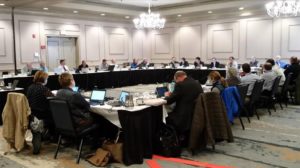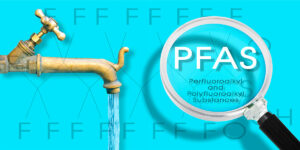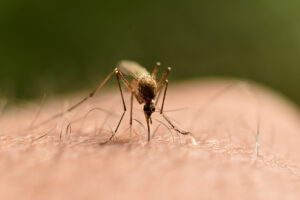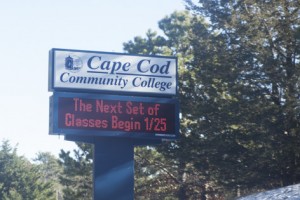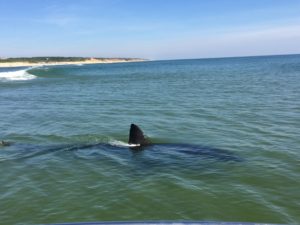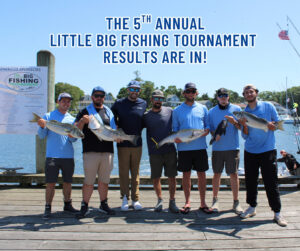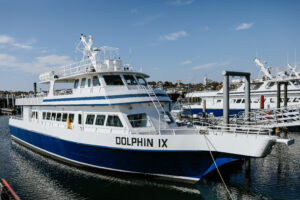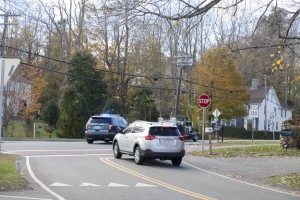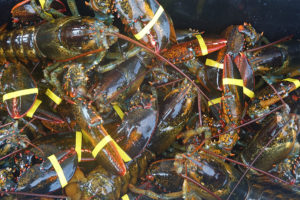PLYMOUTH – The New England Fishery Management Council on Tuesday voted to push midwater herring trawlers between 12 and 20 nautical miles away from the coast on a year-round basis.
The committee, which met in Plymouth, also approved a reduction in total herring catch over the next two years in an effort to protect the struggling fishery.
Local fishermen and the Cape Cod Commercial Fishermen’s Alliance supported pushing the midwater trawlers back 50 miles to avoid localized depletion.
That concept is defined as a reduction of fish population, independent of the overall status of the stock, over a relatively small area as a result of intensive overfishing.
Deirdre Boelke, the New England Fishery Management Council staff member who presented data on the fishery, said the new buffer zone was estimated to reduce midwater trawler revenue by about 30 percent.
It would have been 40 percent if the fleet was sent offshore by 50 nautical miles.
Cape Cod Commercial Fishermen’s Alliance CEO John Pappalardo offered an amendment to the initial 12 mile buffer option that added block closures that essentially extended the buffer zone to 20 miles in some areas off Cape Cod and Nantucket.
Supporters of the pushback said it was needed to save the fishery which has been collapsing and was needed to protect herring as a forage fish.
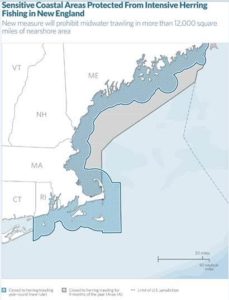 “I’m so very happy the council took the testimony to heart and went through a thorough deliberation to consider all the impacts to not only the midwater fishery but to all the other commercial and recreational fishermen,” said Pappalardo after the vote.
“I’m so very happy the council took the testimony to heart and went through a thorough deliberation to consider all the impacts to not only the midwater fishery but to all the other commercial and recreational fishermen,” said Pappalardo after the vote.
Members of the midwater trawling fleet said moving them further off the coast would put their industry in jeopardy.
The midwater trawlers, which usually work in tandem, use large nets to scoop up entire schools of herring, which local fishermen have said negatively impact the local fishing industry and related economies.
“One of the key things that factored into the council members’ minds was that by extending the areas off the Cape would protect come of the spawning areas. With the recent assessment we had on herring, they’re in tough shape,” said Pappalardo.
Atlantic herring is a food, or forage fish for many larger fish species and whales which feed in the area. Herring is also an important bait fish in the New England lobster industry.
Fishermen and local officials have urged fishery managers for years to impose a strict 50-mile buffer zone for the trawlers.
During Tuesday’s testimony, fishermen from the Cape and Islands spoke passionately in support of the 12 mile pushback, saying it was needed to protect the herring fishery.
Many said the 50 mile restriction is really needed to save the future of herring, which they believe have been decimated by the midwater trawlers.
Local fishermen have been working for well over a decade to protect the inshore waters and the catches of fishermen.
“New England managers deserve credit for being among the first to follow a public, science-based process with concrete actions to conserve forage fish. Protecting these sensitive areas from intensive fishing and rebuilding the herring population will directly benefit marine wildlife and the coastal businesses that depend on them,” said Peter Baker, Director of U.S. Ocean Conservation-Northeast for the Pew Charitable Trusts, who lives on Cape Cod and has worked on herring management for over 15 years.
A recent stock assessment indicates that the herring stock has collapsed.
The catch reduction alternative approved on Tuesday would cut the total herring catch from 49,900 metric tons in 2018 to 21,266 in 2019 and 16,131 in 2020.
It would go back up to 30,659 metric tons in 2021.
“Today’s vote is one step toward the ecosystem-based management we need to protect New England’s outdoor heritage. It’s not just herring that are declining – menhaden and the predators that depend on them may be at risk unless we do more to conserve forage fish,” said Zach Cockrum, director of conservation partnerships at the National Wildlife Federation’s Northeast Regional Center.
“The National Wildlife Federation will continue working to make sure fisheries management reflects what science says is needed to conserve our forage fish, sportfish, marine mammals and sea birds for future generations,” he said.
The council considered various alternatives for the fishery ranging from leaving the current rules in place to moving the fleet 50 miles offshore.
Several incremental changes were also considered. In addition to changing the distance from shore that trawlers can fish, the agency considered changing the boundaries where they can fish.
Large operators of herring trawlers and some lobster associations were opposed to the reduction, saying it would have a negative impact on the ecosystem.
Part of the New England Fishery Management staff’s work was to account for the role of Atlantic herring within the ecosystem, including the role of herring as a forage fish.
Regulators evaluated the potential long and short-term impacts any decision would have on the fishery.
NOAA Fisheries previously reduced the sub-annual catch limits for Atlantic herring in the four northeast management areas for the rest of 2018.
The 2018 limits were reduced from 243 million pounds to 110 million.
The decision made on Tuesday will go to NOAA for review.
The council received 439 comments and held 7 public comment sessions across New England.
By MATT PITTA, CapeCod.com News Director




